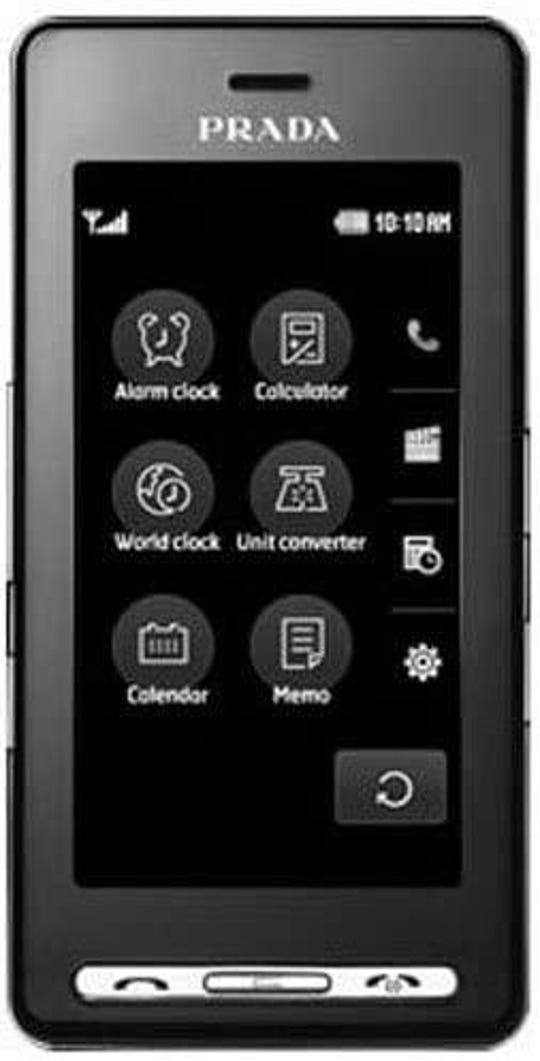Seven innovations brought to the smartphone world by LG

While it is not that surprising that LG is exiting the smartphone market, it is a bit sad for those of us who used LG devices over the years and valued its contributions to the smartphone industry. LG pushed forward with many innovations and while it didn't get the respect it deserved, many of these innovations set the standard for other manufacturers and its impact in the smartphone sector will continue after it is no longer competing with the rest of the manufacturers.
LG was bold with its hardware innovations and at times we were left wondering why some decisions were made. However, in an era of typical plastic and glass slabs it was enjoyable to try out unique form factors and other cool tech found in LG phones.
I started using LG smartphones with the Google Nexus 4 in 2012 and then started testing every G and V series with the LG G3 in 2014. One of my all-time favorites was the LG G4 with that lovely brown leather back panel. Let's not take a step down memory lane, but instead, let's look at the innovations that LG brought to the smartphone world.
Capacitive touchscreen display
LG Prada - 2006
When people think of capacitive touchscreen displays on phones, the default belief is that Apple was the first to launch with this technology in the original iPhone. However, LG beat Apple to the punch with the LG Prada that was launched in 2006.
The LG Prada had a 3-inch capacitive display with a 400x240 pixel resolution. It sported a pretty decent camera, but was priced at $849 in the US so it wasn't that popular.
Flexible OLED display
LG G Flex - 2014
LG released the G Flex with a curved flexible OLED display. It was curved along its length so that it would fit comfortably along your face as you held it up for phone calls. It was a rather large phablet phone with a six-inch display, which was very large for this time period.
Competition at the time included the Samsung Galaxy Note 3, which had a smaller form factor and the great S Pen experience. Today we see foldable phones with flexible displays and can thank LG for leading the way.
Modular smartphone
LG G5 - 2016
The idea of a modular smartphone where you simply slide off various accessories for enhanced functionality sounded good at first when LG launched the LG G5. However, modules never showed up so you were limited to just a removable battery, digital-to-analog converter, and a camera grip. The "LG Friends" never showed up to the party and the G5 didn't do well in the market.
Ultra-wide camera
LG G5 - 2016
While the LG G5 modularity wasn't embraced, the LG G5 provided an ultra-wide rear camera on the back. Ultra-wide cameras are now a default on mid and upper level smartphones that have more than one rear camera. LG set this bar and this innovation may be the one that lasts the longest after LG departs the smartphone sector.
LG also had a front-facing ultra-wide camera on the LG V10, which was one of the first times we saw two cameras on the front of a smartphone.
Quad DAC
LG V20 - 2016
LG's V-series was focused on content creators and audiophiles and in 2016 it launched the LG V20 with an integrated quad-DAC for high quality audio playback. It may not have been appreciated by everyone, but audiophiles loved the sound produced from an LG V20.
LG continued providing the standard 3.5mm headphone jack almost up until the end, which was one to two years longer than most other manufacturers.
Dual screen Android smartphone
LG G8X - 2019
While others were looking at foldable phones, LG offered a simple solution with its LG Dual Screen cover that offered a big duplicate display for a much more affordable price. It first launched the LG G8X with this option and then we saw the V50 and V60. The LG Velvet also supported the Dual Screen cover. The beauty of this solution was that you could use the dual-display when needed or pop out the phone and use it as a standard phone with ease.
The dual display was well supported and the LG V60 offered the ultimate experience with extensive support for stylus use. I will continue to use the LG V60 for years because it truly is one of the best smartphones today.
Swivel dual display
LG Wing - 2020
While it was fun to experience the LG Wing with its unique swivel T display, I had trouble finding a practical use for this design other than for shooting video with the gimbal simulation. The lower small display was not very useful so the phone had limited appeal.
This was a clear example of LG launching a technology demonstration as a commercial phone, but in a year with many other struggles for society it just wasn't a form factor we were ready to accept.
